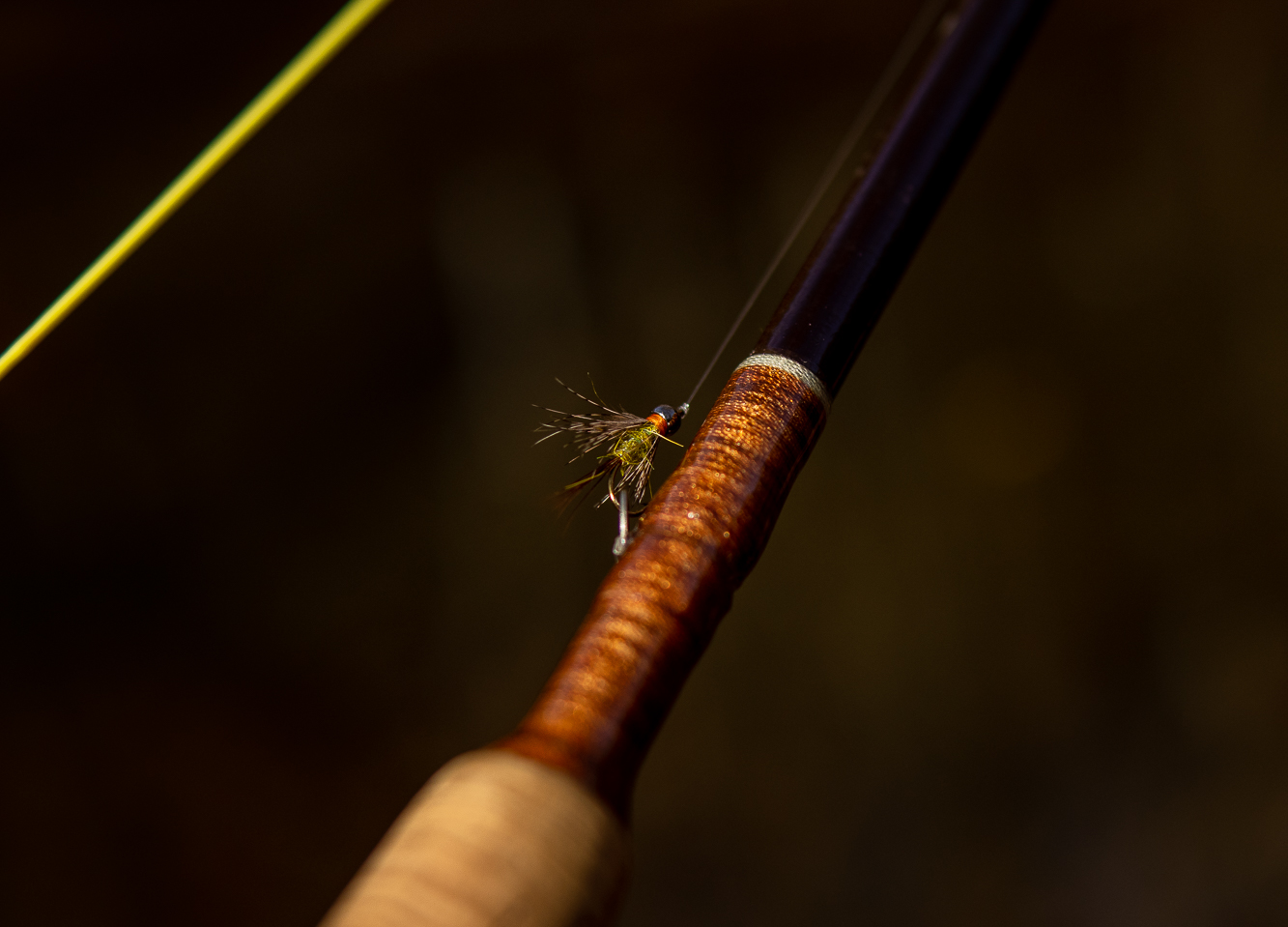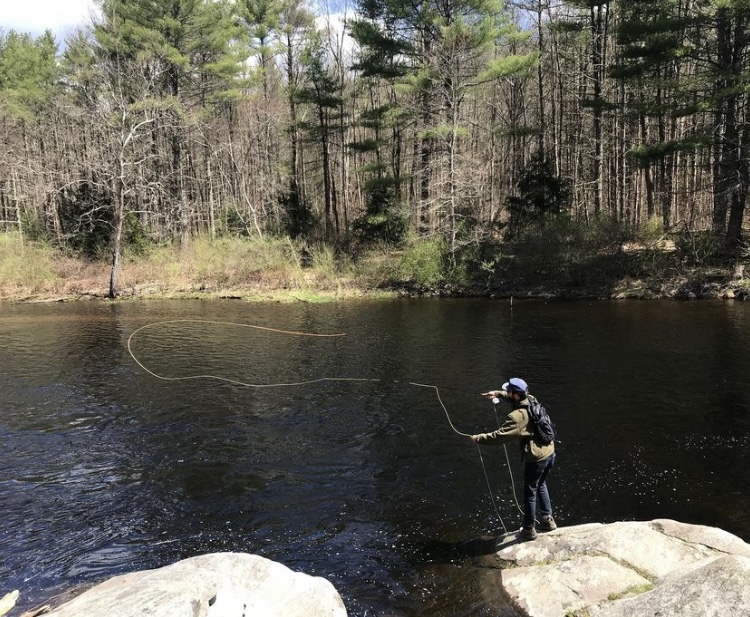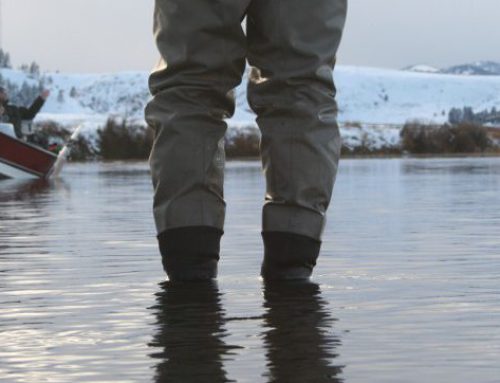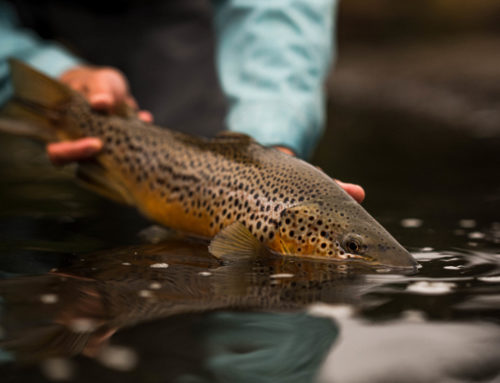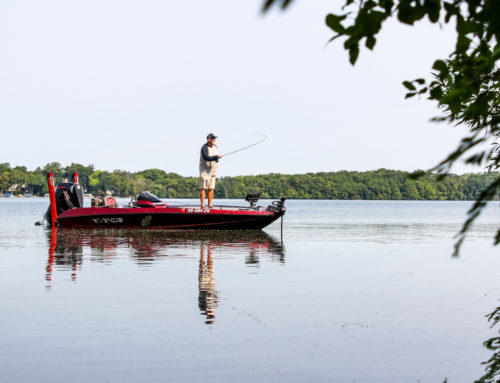Whether anglers call them wetflies, flymphs, soft hackles, wingless, or something else, these patterns can all be used successfully to fool a feeding fish. Soft hackles can be one of the most effective tools for fly fishing any river.
We all love the exciting visual of a fish eating a dry fly, but it is no secret that trout do most of their feeding beneath the surface. Because of this, soft hackles for fly fishing is a good way to enjoy better fishing.
From the mind of onWater’s Will Moore, here’s an inside look at the world of wetflies, with a focus on the very unique flymph.
Fish the Flymph! Learn this unique technique
A flymph is a type of fly that incorporates design elements from both nymphs and dries. It has the slim body profile of a nymph, but is lighter and made to ride higher in the water column. “Flymph” was coined by James Leisenring and Vernon Hidy in the early 1970’s. Since then it has grown into a go-to for fly anglers everywhere.
A flymph pattern often incorporates soft hackles instead of wings. This often works better for motion and air bubble retention, which can mimic an emerging insect. I find swinging flymphs to be a particularly efficient way to cover water because it combines the best aspects of wetfly, streamer, and nymph fishing techniques.
Tactics for fishing flymphs
When fishing flymphs, aim your casts slighty up and across the current seams, then let the fly sink as it drifts. As the fly reaches the end of its drift, wait a few seconds before retrieving your line. A full drift after a long cast will move the fly all through the water column on a large section of the river. Trout can respond well to this the action of the fly and hit it almost as hard as a streamer. With this aggressive take, you probably will not miss as many hits.
Flymphs can be incorporated into dry-dropper setups or fished two at a time. In faster runs or pocket water, consider adding a flymph to a beadhead pattern to help them get down quicker. Unlike more specific emerger patterns that tend to stay closer to the surface, flymphs can be year-round producers. When winter comes, work deeper and slower water as the fish won’t have the energy to chase down a meal.
Gear for flymph fishing
There are a variety of soft hackled, wingless wetfly patterns that are considered flymphs. A green caddis pupa, an orange and partridge soft hackle, and other soft hackles are versatile, easy to tie patterns that regularly fool trout. To fish them, use a standard 9′ foot leader. I always choose fluorocarbon, as it gets the fly to sink faster. Fluorocarbon is also less visible to fish than monofilament. I typically use a 4 weight rod and floating line to swing the flies. If I need to get a little deeper, I add some micro split shot or tungsten putty for weight. I place the weight just up the tippet from the fly, usually about ten to twelve inches from the fly.
Fishing flymphs can be a very successful way to catch more fish. I especially find flymphs beneficial when fishing an unfamiliar section of water. No matter the season, you’ll have a great time using this often underutilized fly when fishing soft hackles for fly fishing.
So next time you get on the water, tie on a flymph and put a twist on a classic style of fly fishing.
Be sure to read the 5 Questions Every Angler Should Ask When on the Water.
Learn more about the exciting new features of onWater.
